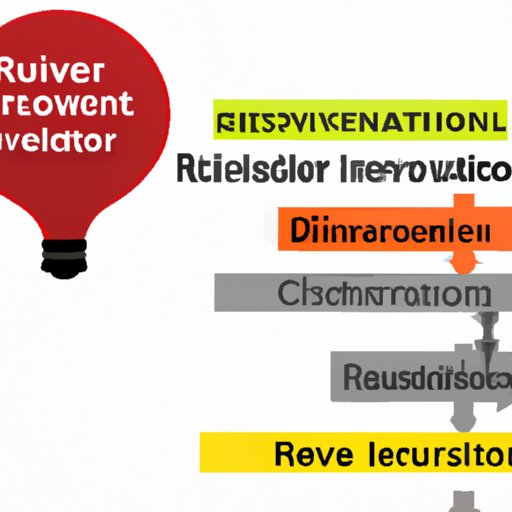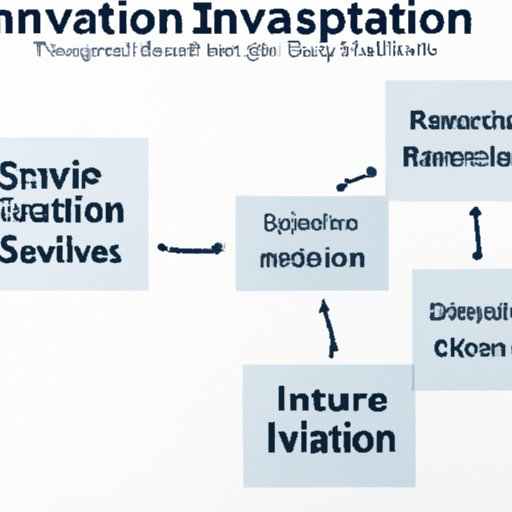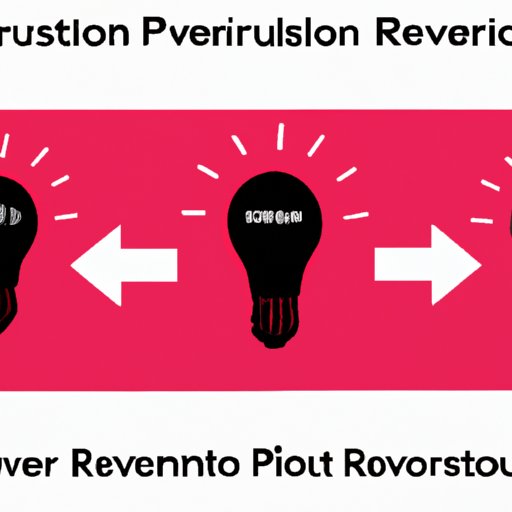Introduction
Reverse innovation is an increasingly popular strategy used by businesses to stay ahead of the competition. It involves developing products or services specifically for emerging markets before introducing them to more developed countries. This type of innovation has become especially important in today’s rapidly changing and highly competitive global economy. In this article, we will explore what reverse innovation is, its benefits and challenges, how companies are adopting these strategies, and how it is impacting different industries and global markets.
Definition of Reverse Innovation
Reverse innovation is a term coined by Vijay Govindarajan and Chris Trimble in their 2011 book The Three Box Solution. In their book, they define reverse innovation as “any innovation—new products, services, or business models—that is adopted first in the developing world and then migrates over time to the developed world.” Reverse innovation differs from traditional innovation in that it focuses on developing products or services for emerging markets before introducing them to more developed countries. Examples of reverse innovation include companies such as Philips, which created a low-cost version of its ultrasound machine for use in India before introducing it to other markets around the world.
Overview of the Benefits of Reverse Innovation
The primary benefit of reverse innovation is that it allows companies to quickly enter new markets and capture market share. By creating products or services specifically for emerging markets, companies can gain insights into local customer preferences and develop products that meet their needs. This can be particularly advantageous for companies that are looking to expand into new markets but don’t have the resources to do so. Additionally, reverse innovation can help companies reduce costs by creating products that are cheaper to produce and sell.
Exploring the Challenges of Reverse Innovation
Despite its potential benefits, reverse innovation also presents a number of challenges. One of the most common challenges faced by companies implementing reverse innovation strategies is the need to change their existing product development processes. This can be difficult for companies that have traditionally relied on incremental improvements to existing products and services. Additionally, there is the risk that a company’s products may not be well received in emerging markets. This can lead to significant losses in both money and reputation.

Understanding the Risk Factors of Reverse Innovation
In addition to the challenges associated with implementing reverse innovation strategies, there are also a number of risks associated with the process. These risks include the potential for lost revenue due to product failure, the possibility of reduced brand value, and the risk of alienating existing customers. Additionally, there is the risk of increased competition from local companies that are better able to understand and respond to local customer needs.

Examining How Companies are Adopting Reverse Innovation Strategies
Due to the potential benefits of reverse innovation, many companies are turning to this strategy to remain competitive. Companies are exploring different types of reverse innovation strategies, such as developing products specifically for emerging markets, adapting existing products to local conditions, and leveraging existing technologies to create new products. Additionally, companies are utilizing partnerships with local companies to gain access to local knowledge and expertise.
Analyzing Examples of Successful Reverse Innovation Strategies
There are many examples of successful reverse innovation strategies. For instance, Intel developed a low-cost laptop specifically for the Indian market, while Coca-Cola created smaller, more affordable containers of its products for sale in Africa. Additionally, Apple released a low-cost iPhone model for the Chinese market, and Microsoft created a version of its Office software specifically for developing countries.
A Case Study: Exploring a Company’s Success with Reverse Innovation
To better understand the potential of reverse innovation, let’s take a look at the example of a company that successfully implemented a reverse innovation strategy. The company in question is Johnson & Johnson, which sought to develop a low-cost version of its baby shampoo for sale in India. To do this, Johnson & Johnson partnered with a local company to develop a formula that contained fewer ingredients than the original version. The resulting product was less expensive to produce and allowed Johnson & Johnson to capture a larger share of the market in India.

Understanding How Reverse Innovation is Changing Business Practices
Reverse innovation is having a profound effect on how businesses operate. Companies are now looking to emerging markets for new ideas and solutions, rather than relying solely on the traditional innovation process. Additionally, businesses are beginning to recognize the importance of understanding local customer needs and adapting their products and services accordingly. As a result, companies are becoming increasingly adept at responding to changing market conditions and developing products that meet the needs of customers in different markets.
Exploring Different Industries That Are Adopting Reverse Innovation Strategies
Reverse innovation is being adopted in a wide range of industries, from consumer products to healthcare. In the consumer products industry, companies such as Unilever and Procter & Gamble are using reverse innovation to create products specifically for emerging markets. In the healthcare industry, companies such as Philips and GE Healthcare are using reverse innovation to develop low-cost medical devices for use in developing countries. Additionally, many automobile manufacturers are using reverse innovation to create low-cost vehicles for sale in emerging markets.

Analyzing the Benefits of Reverse Innovation in Specific Industries
Reverse innovation offers a number of benefits to specific industries. For instance, in the consumer products industry, reverse innovation allows companies to quickly enter new markets and capture market share. In the healthcare industry, reverse innovation enables companies to develop products that are tailored to the needs of local customers. Additionally, in the automotive industry, reverse innovation allows companies to create low-cost vehicles that can be sold in emerging markets.
Applying Reverse Innovation to Different Industries
Reverse innovation can be applied to different industries in a variety of ways. Companies can use reverse innovation to develop new products or services that cater to local customer needs. Additionally, companies can leverage existing technologies to create new products or adapt existing products for local markets. Companies can also partner with local companies to gain access to local knowledge and expertise.
Analyzing the Impact of Reverse Innovation on Global Markets
Reverse innovation is having a significant impact on global markets. By allowing companies to quickly enter new markets, reverse innovation is helping to spur economic growth in developing countries. Additionally, reverse innovation is allowing companies to create products that are tailored to the needs of local customers, which in turn is helping to create jobs and increase incomes in these countries. Finally, reverse innovation is helping to create a more level playing field between developed and developing countries, as companies in both regions are now able to compete on a more equal footing.
Conclusion
Reverse innovation is an increasingly popular strategy that is being adopted by companies in a wide range of industries. It offers a number of benefits, including the ability to quickly enter new markets and capture market share, reduce costs, and create products tailored to local customer needs. However, there are also a number of challenges and risks associated with this strategy. By understanding these challenges and risks, companies can better position themselves to take advantage of the opportunities presented by reverse innovation.
Reverse innovation is having a profound effect on global markets, helping to spur economic growth in developing countries and creating a more level playing field between developed and developing countries. As companies continue to explore ways to capitalize on the opportunities presented by reverse innovation, it is likely that this trend will continue to grow in importance in the years to come.
(Note: Is this article not meeting your expectations? Do you have knowledge or insights to share? Unlock new opportunities and expand your reach by joining our authors team. Click Registration to join us and share your expertise with our readers.)

It is not feasible to apply reverse innovation to all categories of businesses, e.g. pharmaceutical or automobiles or others which are driven by specificities in markets e.g. different patient outcomes, etc can impact the launch on the product in developing markets & have bearings from its outcome on the regulatory perspective in developed markets. These specificities are defined by differences in races , genetics, disease outcomes.